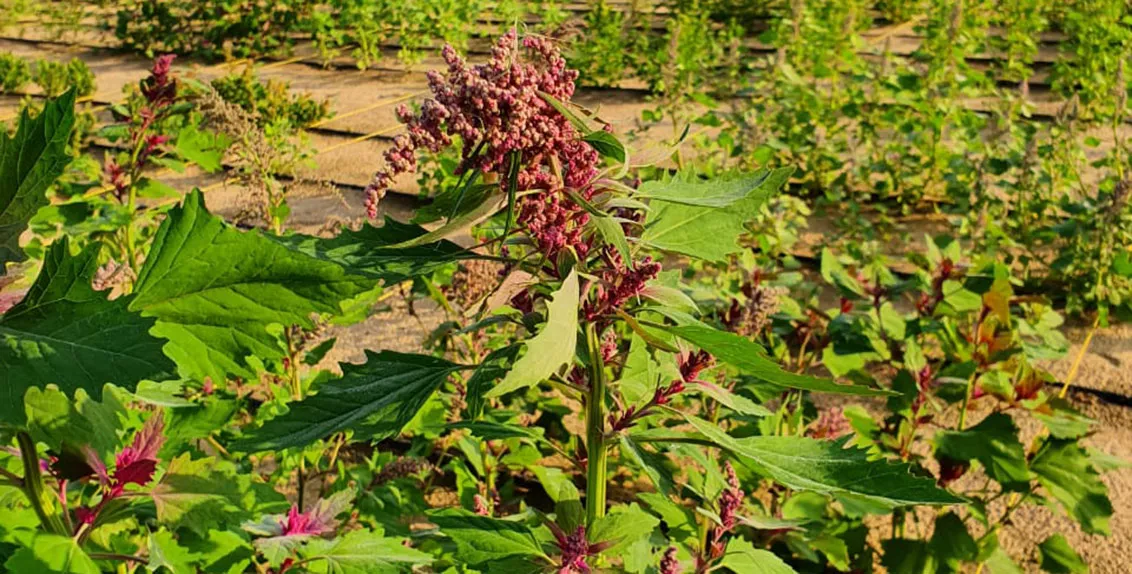Quinoa: identifying accessions with superior drought tolerance
Problem Overview
Heat stress modifies many biological processes including gene expression, enzyme activities, carbon partitioning, photosynthetic carbon fixation, and carbohydrate and lipid metabolisms. To date little research work has been reported on quinoa’s adaption to hot temperature or heat stress. It is important to understand how seedlings respond to heat stress to better modulate its growth in the Middle East and North Africa region. It has been reported that sucrose–starch partitioning or the overall carbohydrate profile (sucrose, starch, fructose, glucose and polyols) may vary under stress; such soluble sugars are known to be important for activating various biosynthetic pathways such as those of polysaccharides and proteins, cell cycle, respiration, and nitrogen assimilation. Although a lot is now known about proline accumulation in response to environmental stress, its partition and contributions under heat stress are still unclear. The effects of heat stress on the nutritional profile of quinoa seeds, including protein and mineral contents, as well as on the amino acids and mineral quality index, have not been elucidated.
Project Description
Investigate molecular mechanisms of quinoa’s drought and/or salinity resistance.
Research Innovation Theme
SDG 1: No Poverty, SDG 2: Zero Hunger, and SDG 13: Climate Action
Project SDGs
SDG 1: No poverty
SDG 2: Zero hunger
SDG 13: Climate action
Funder(s)
Arab-German Young Academy for Sciences and Humanities (AGYA)
Duration
September 2019 - March 2020
Project Lead
Dr. Henda Mahmoudi (hmj@biosaline.org.ae)
Project Region
Near East and North Africa
Project Countries
United Arab Emirates
Partner(s)
Max Planck Institute











